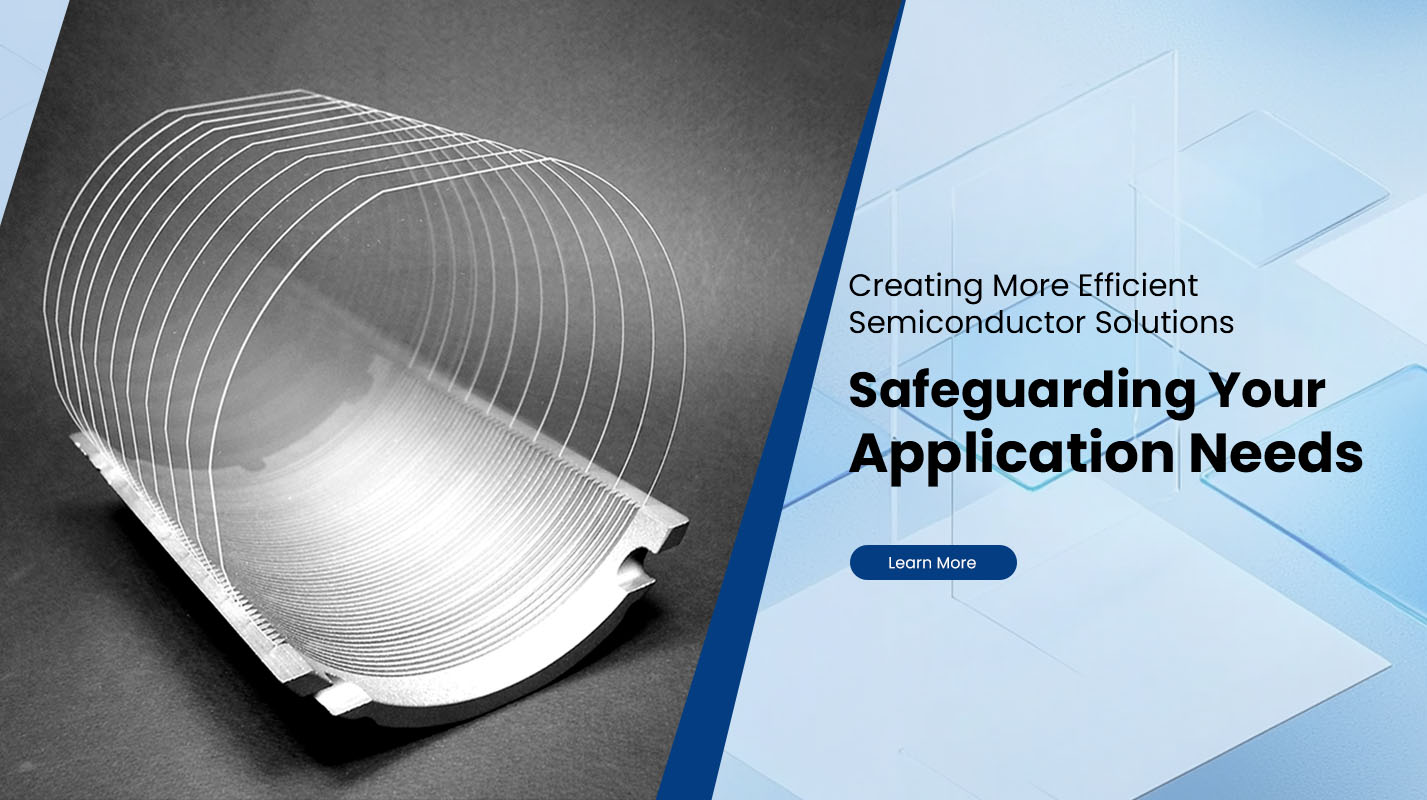What Is Stress Birefringence of Quartz Glass?
During the annealing process of optical glass, the inevitable temperature difference between the center and the edge generates stress, also known as residual stress. Stress causes the glass to change from isotropic to anisotropic and produce birefringence.
When a beam of monochromatic light is refracted at the interface of anisotropic crystal, two beams of refracted light can generally be generated. This phenomenon is called birefringence. Among the two refracted light beams, one always obeys the law of refraction, that is, no matter what the orientation of the incident light beam is, this beam of refracted light is always in the incident plane, and the ratio of the sine of the refraction angle to the sine of the incident angle is equal to a constant. This beam of refracted light is called ordinary light, which we often call o light. The other beam of refracted light does not obey the law of refraction. Under normal circumstances, even if the incident angle is zero, the refraction angle is not zero, and this beam of refracted light is often not in the incident plane. Therefore, it is called extraordinary light, which we often call e light.
Stress Birefringence Measurement Method
In order to measure the stress birefringence phenomenon of quartz glass, scientists have developed a variety of methods. The following are two commonly used methods: 1. Traditional method The traditional method is to determine the degree of stress birefringence of the material by measuring the refraction angle of the light. The specific steps are as follows:
● Prepare a parallel light beam and irradiate it onto the quartz glass sample.
● Measure the refraction angle of the light after passing through the sample.
● Calculate the degree of stress birefringence based on the change in the refraction angle.
The advantage of the traditional method is that it is simple and easy to use, but there are some limitations. First, it can only measure the stress birefringence in the direction parallel to the light beam. Secondly, since the change in the refraction angle is measured, the specific value of the stress cannot be directly obtained.
2. Holographic interferometry Holographic interferometry is a measurement method based on the principle of holographic interference, which can directly measure the stress distribution in the material. The specific steps are as follows:
● Place the quartz glass sample on the workbench of the holographic interferometer.
● Send a parallel light beam through the laser and irradiate it onto the sample.
● Observe the interference fringes on the surface of the sample based on the interference phenomenon of light.
● Based on the shape and spacing of the interference fringes, deduce the stress distribution in the sample.
The advantage of holographic interferometry is that it can directly measure the distribution of stress and can also accurately measure stress birefringence in different directions. However, this method requires special equipment and technical support, and is relatively costly.


